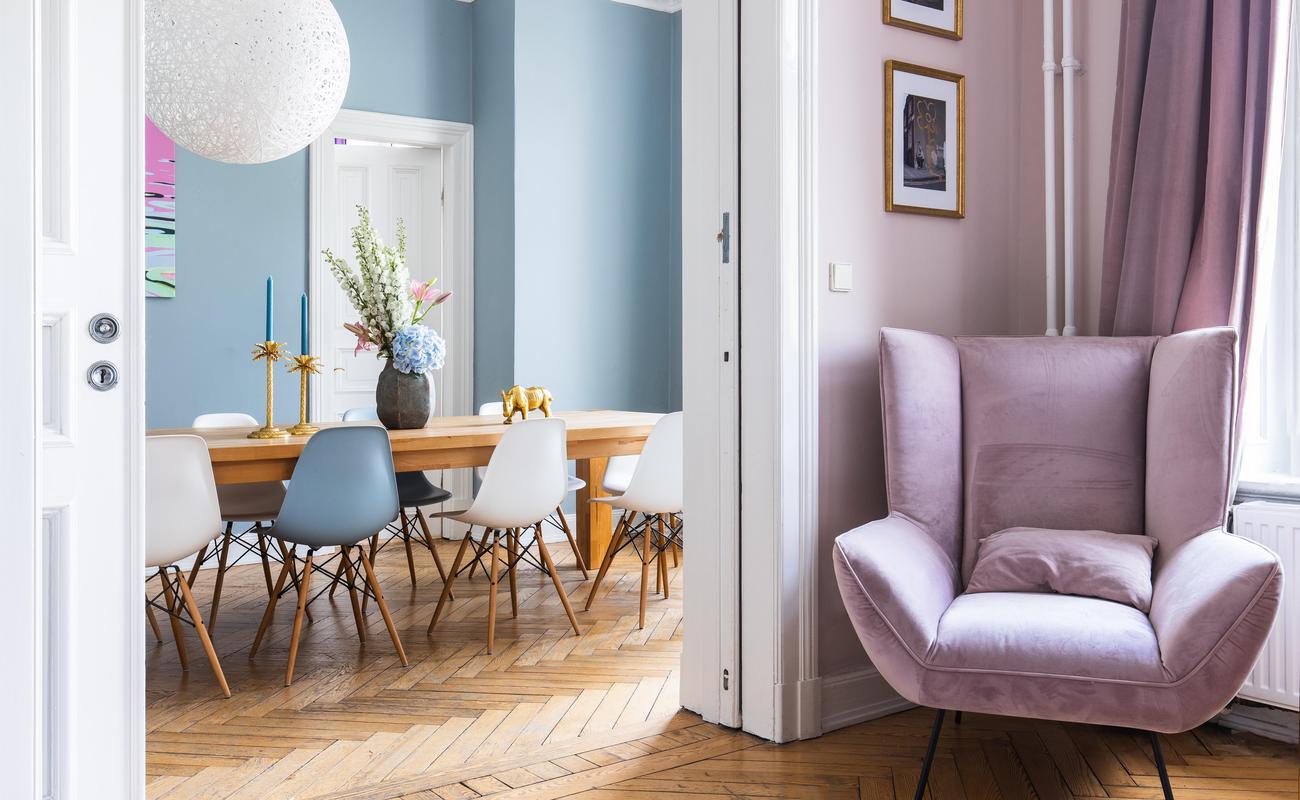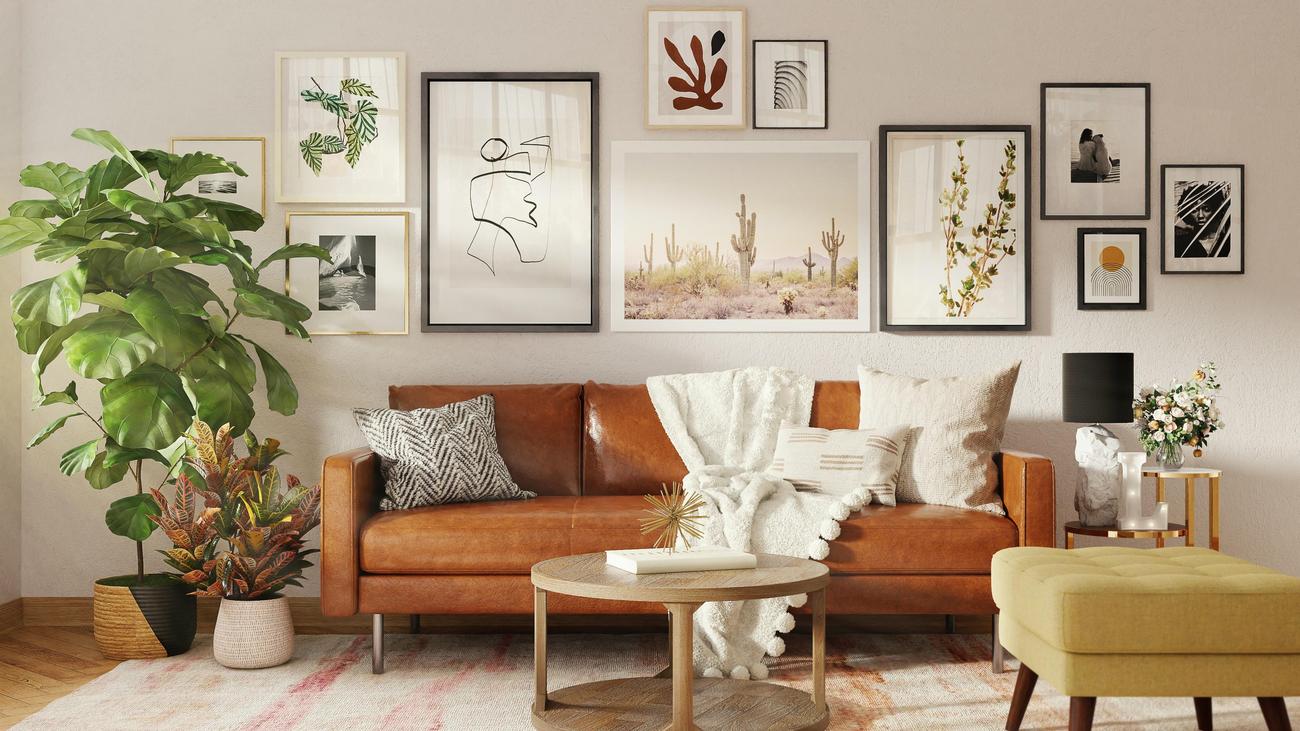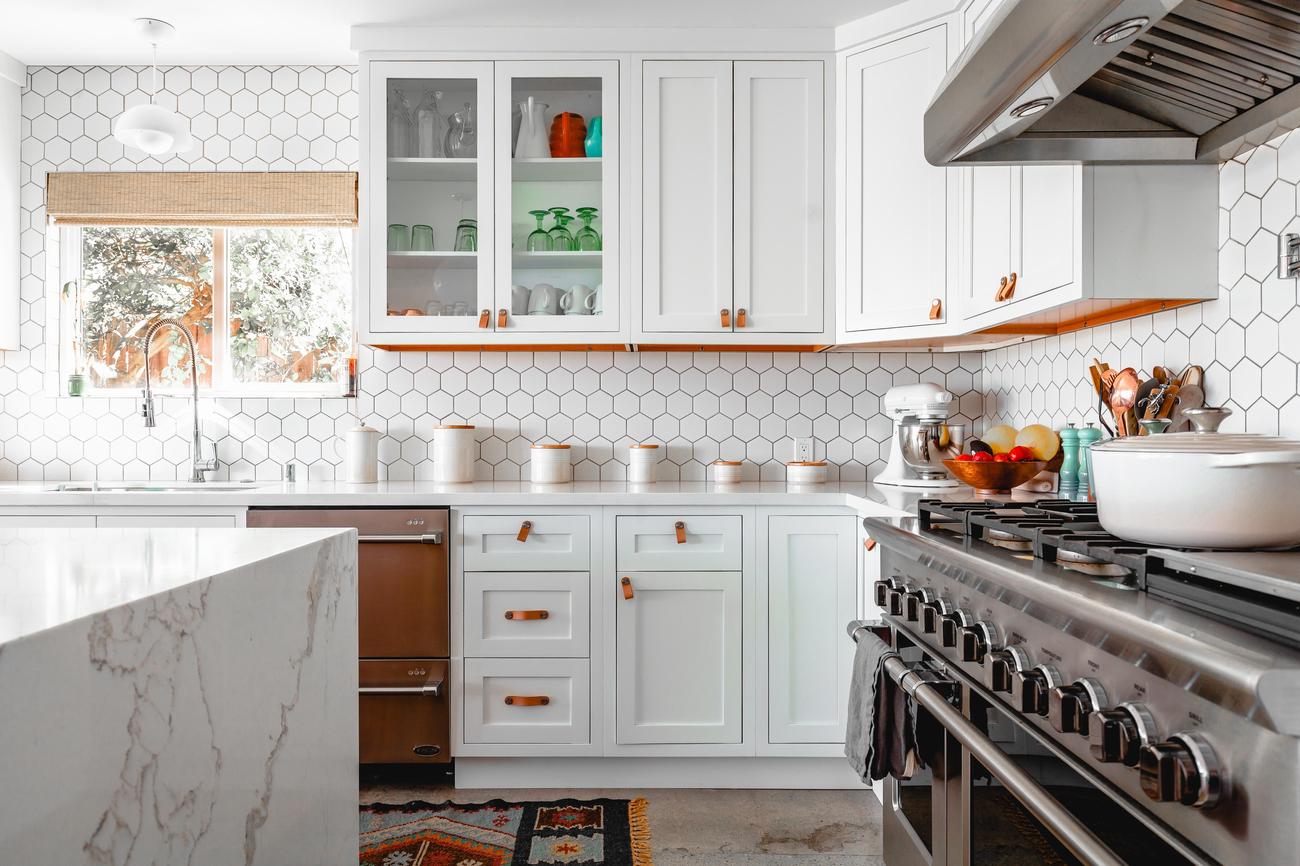Are you passionate about interior design but hesitant to pursue it as a career because you don’t have a formal degree? Well, fret not! In this article, we will guide you through the journey of achieving interior design success without a degree. Titled “Interior Design Success: How to Enter the Field without a Degree,” this comprehensive guide will provide you with invaluable insights and practical tips to kickstart your own creative career. Whether you aspire to work on residential or commercial projects, our experienced persona, an established interior designer without a formal degree, will share their expertise to help you transform your passion into a thriving profession. So, let’s dive into the world of interior design and discover how you can make your mark in this exciting industry, even without a degree!

How to Get Into Interior Design Without a Degree
If you have a passion for interior design but don’t have a formal degree, don’t let that discourage you. With the right mindset, skills, and experience, you can still succeed in this creative field. In this article, we will explore actionable steps to help you get into interior design without a degree.
Be Observant and Open to Learning
The first step in entering the world of interior design is to cultivate your observational skills. Take a closer look at the spaces around you, paying attention to the colors, furniture arrangements, and overall ambiance. By observing and analyzing different designs, you can develop a deeper understanding of what works and what doesn’t.
Take Up Short Courses
Although you may not have a formal degree, taking up short courses can provide you with the knowledge and skills necessary for a successful career in interior design. Look for courses that cover key areas such as color theory, furniture placement, and material selection. These courses will not only enhance your expertise but also add credibility to your portfolio.
Create a Portfolio
Building a strong portfolio is crucial in showcasing your skills and attracting potential clients or employers. Start by taking on small design projects for family and friends to gain hands-on experience. Document your work through high-quality photographs and include before-and-after shots to demonstrate your design abilities. Remember to keep your portfolio updated as you complete new projects.
Seek Internships or Formal Training
While a degree may not be a requirement, seeking internships or formal training can provide valuable hands-on experience and industry connections. Look for reputable design firms or companies offering internships in order to gain real-world experience and learn from seasoned professionals. Additionally, consider joining professional organizations or attending industry conferences and workshops to expand your network.
Take Up Projects
To further develop your skills and gain practical experience, take up interior design projects on your own. Offer your services to friends, family, or local businesses at discounted rates or even for free. This will not only allow you to practice your craft in real-world settings but also provide opportunities for referrals and positive word-of-mouth.
Learn to Use Tools and Resources
In today’s digital age, proficiency in design software is crucial. Familiarize yourself with popular 3D modeling and rendering software such as AutoCAD or SketchUp to create detailed and visually appealing designs. Additionally, stay updated on industry trends by following design blogs, magazines, and social media accounts to gather inspiration and stay ahead of the curve.
Upgrade and Upskill
To be successful in interior design, continuous learning is key. Invest in your professional development by attending workshops, webinars, or even pursuing advanced certifications. By constantly upgrading your skills and staying informed about the latest design techniques and approaches, you can remain competitive in the industry.
As you venture into the field of interior design without a degree, it’s essential to understand the duties and skills required. Interior designers are responsible for creating functional and aesthetically pleasing spaces that cater to their clients’ needs and preferences.
Understand the Duties of an Interior Designer
Interior designers collaborate with clients to develop a design concept that aligns with their vision and budget. They conduct site visits to assess space availability and make recommendations for furniture, lighting, color schemes, and materials. Interior designers also create comprehensive design plans, including detailed drawings and specifications, to guide contractors and craftsmen during the implementation phase.
Identify the Skills of an Interior Designer
To succeed as an interior designer, it’s important to possess a variety of skills. These include a strong sense of creativity, an eye for detail, effective communication skills, and the ability to work within budget constraints. Interior designers must also have a solid understanding of architectural principles, including building codes and regulations.
Develop These Skills
If you want to excel in interior design without a degree, it’s crucial to develop and enhance these skills. Take the time to practice and refine your creativity by engaging in activities such as sketching, painting, or crafting. Hone your attention to detail by paying close attention to the fine nuances of design elements. Practice effective communication by explaining your design choices and listening to feedback from clients and collaborators.
Search for Apprenticeships or Work Experience
One effective way to bridge the gap created by the lack of a degree is to seek out apprenticeships or work experience opportunities. Look for established designers or firms that offer apprenticeship programs or entry-level positions. These experiences will provide you with valuable mentoring, networking opportunities, and a chance to further strengthen your skills.
Build Up a Design Portfolio
A well-curated design portfolio serves as a powerful marketing tool. Include your best work, showcasing a diverse range of design styles and projects. Feature both residential and commercial spaces to demonstrate your versatility. Additionally, highlight any notable achievements or recognition you have received in the field.
Write a Strong Application
When applying for interior design positions or freelance projects, it’s crucial to have a compelling application. Tailor your resume and cover letter to emphasize your relevant skills, experiences, and achievements. Use your portfolio to showcase your unique design aesthetic and problem-solving abilities. Show potential clients or employers why they should choose you, even without a formal degree.
In conclusion, with dedication, passion, and a strategic approach, you can break into the field of interior design without a degree. Cultivate your skills, continually educate yourself, and seize every opportunity to gain practical experience. Remember, success in interior design is not solely defined by a degree, but rather by your talent, creativity, and drive. So go ahead and unleash your creative flair, and pave your own path to success in the exciting world of interior design.
Interior design is an incredibly fascinating field, with countless elements and principles that come together to create stunning spaces. If you’re someone who appreciates the art of transforming a room into a masterpiece, you’ll definitely want to check out these interesting facts about interior design. Whether you’re a professional designer looking for inspiration or simply a curious individual wanting to learn more, these facts will surely captivate your interest. So why wait? Click here to discover the intriguing world of interior design: interesting facts about interior design.
space planning, selecting materials and finishes, coordinating with contractors, and overseeing the implementation of the design project – Network with other professionals in the industry through attending events, joining professional organizations, and participating in online forums – Stay updated on current design trends and incorporate them into your work to maintain relevance and appeal to clients – Continuously improve your communication and interpersonal skills to effectively collaborate with clients, architects, suppliers, and contractors – Consider specializing in a specific area of interior design, such as residential or commercial, to develop expertise and stand out in the industry – Market yourself and your services through creating a professional website, utilizing social media platforms, and leveraging word-of-mouth referrals – Always prioritize client satisfaction by listening to their needs, understanding their vision, and delivering exceptional design solutions – Finally, never stop learning and evolving as an interior designer. Keep exploring new techniques, materials, and styles to stay inspired and innovative in your work. With dedication, perseverance, and a genuine passion for design, you can forge a successful career as an interior designer without a degree or going back to school. Good luck on your journey!
[youtube v=”b0mL1h6SR1Y”]

FAQ
Question 1: Is it possible to become an interior designer without a degree?
Answer 1: Yes, it is possible to become an interior designer without a formal degree. Many successful interior designers have built their careers through hands-on experience, self-learning, and a strong passion for creativity.
Question 2: How can I gain knowledge and skills in interior design without a degree?
Answer 2: There are several ways to gain knowledge and skills in interior design without a degree. You can be observant and open to learning, take up short courses, seek internships or formal training, and take up projects to gain practical experience.
Question 3: How important is creating a portfolio in the interior design field?
Answer 3: Creating a portfolio is crucial in the interior design field. It showcases your skills, creativity, and design flair to potential clients or employers. A well-curated portfolio demonstrates your ability to transform spaces and can significantly enhance your chances of success.
Question 4: Are there any tools and resources that I should learn to use as an interior designer?
Answer 4: Yes, as an interior designer, it is essential to learn and master various tools and resources. These can include 3D modeling software, design software, color theory tools, furniture placement tools, and material selection resources. Familiarizing yourself with these tools will enable you to create visually appealing and practical designs.
Question 5: How can I upgrade and upskill as an interior designer?
Answer 5: Upgrading and upskilling is crucial for staying relevant in the interior design industry. You can stay updated on the latest design techniques and approaches, attend workshops or conferences, participate in online courses, join professional organizations, and network with other industry professionals to continuously enhance your skills and knowledge.
- Unlock Filipino Culture: A Deep Dive into Traditions and Practices - April 23, 2025
- Unlock Spanish Culture: Insights & Opportunities Now - April 23, 2025
- White Spirit Uses & Substitutes: A Deep Dive for Pros & DIYers - April 23, 2025
















